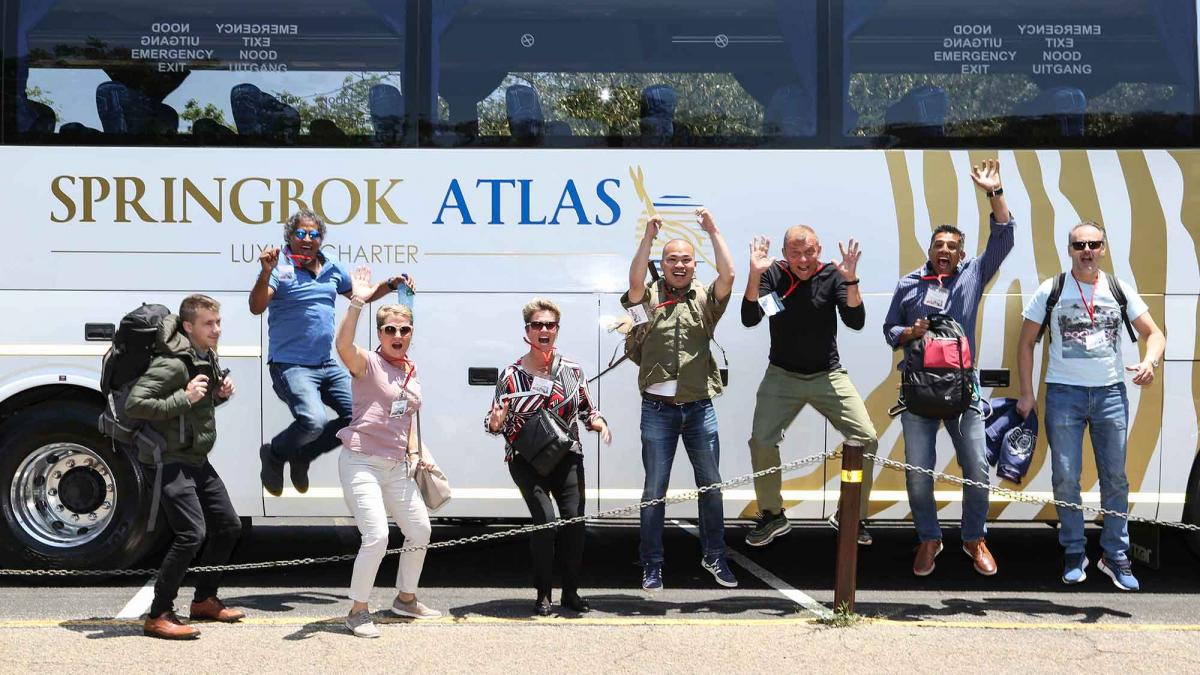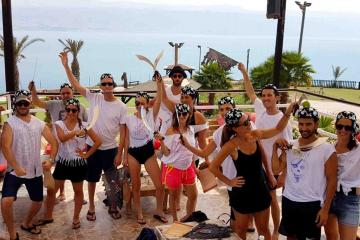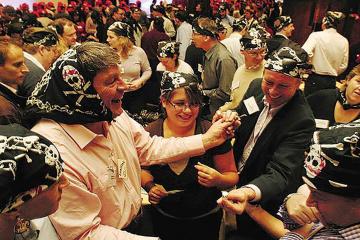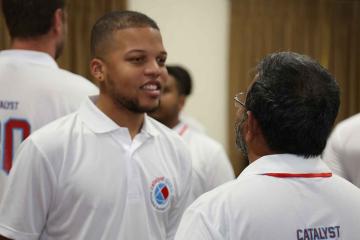All too often, planners and participants of offsite company retreats regard these activities as just another team meeting, but with the added bonus of a decent dinner or a top round of golf. However, it’s an excellent opportunity to build corporate culture by removing the team from their daily pressures to consider the wider organisation – away from the familiar office environment. Still, many of these corporate retreats fall flat and have no lasting effect. Why? Because they require a considerable amount of thought and planning if they are to be successful – time that many organizations do not have. The structure of a corporate retreat is equally as important as the logistics, such as the venue, agenda and travel, to ensure employees engage with the day and more importantly, with each other.
Why is employee engagement important?
The programme and agenda is your way of both drawing in your employees’ attention and keeping them involved throughout the executive retreat. Having a set plan and goals for the day is important as it drives outcomes. Think about what you want to achieve, behaviours you want to develop, or the dynamics you are looking to change, and make sure these are set out well in advance. Experience has shown us that while many opt to have a free-flowing day with broad topics to discuss, this often doesn’t lead to productive conversations. A developed agenda is much more effective, complemented by objectives with clear outcomes from each activity.
All participants should be able to easily understand how their discussions will help them move the organisation towards its ultimate goals. When looking to increase employee engagement at a corporate retreat, support and participation from top executives can make or break it. As senior team members are highly influential in the company, they can be used to motivate others to participate, and give the offsite a stronger sense of importance. If employees are actively engaged, the takeaways are more likely to stay with them when they are back in the workplace.
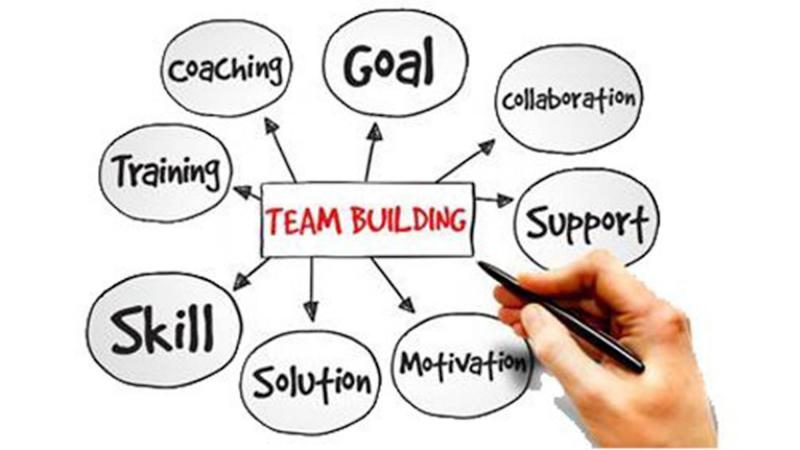
How to engage employees at the offsite?
Hiring guest instructors or motivational speakers is a great way to spark discussions and set the company retreat apart from regular meetings. However, you should make sure they are a good fit for your team and not just ‘brand name’ presenters. Discussing the broad goal or objective of your retreat with the speaker also allows them to tailor the presentation accordingly, so they can exceed your expectations. Having more exciting (or unconventional) inclusions is an important driver for success in a team offsite.
Fun team building activities shouldn’t be neglected, especially when participants are likely to be sat in long meetings. Energisers, interactive ‘breakout’ sessions, or other novel additions to the programme can help to break up the day and encourage motivation – these can range from musical ice breakers, competitions or full tournaments. In larger organisations, these are useful to encourage interaction between team members who don’t normally communicate.
Bringing in an external facilitator to plan and run the day, such as Team Building Asia, can be valuable for a team retreat. They are free to assess and explore the process fully without any predetermined ideas about the team dynamics. They will ideally be part of the planning process so that they can familiarise themselves with the business and its goals to make sure the day is impactful. To ensure the hard work in the offsite doesn’t fade away, it’s important to create a clear plan of next steps and opportunities for feedback after the day. Consolidate any notes and actions into one document to circulate to all participants. Be sure to also evaluate the company retreat, looking at the success and failures, along with any improvements for next time.
Key takeaways
Putting time and effort into planning an interesting offsite and involving all employees can really make a huge difference on the outcome of the day. A successful team retreat can have a much wider impact on the organisation, creating new ways to communicate and sustainably and positively changing team dynamics.
